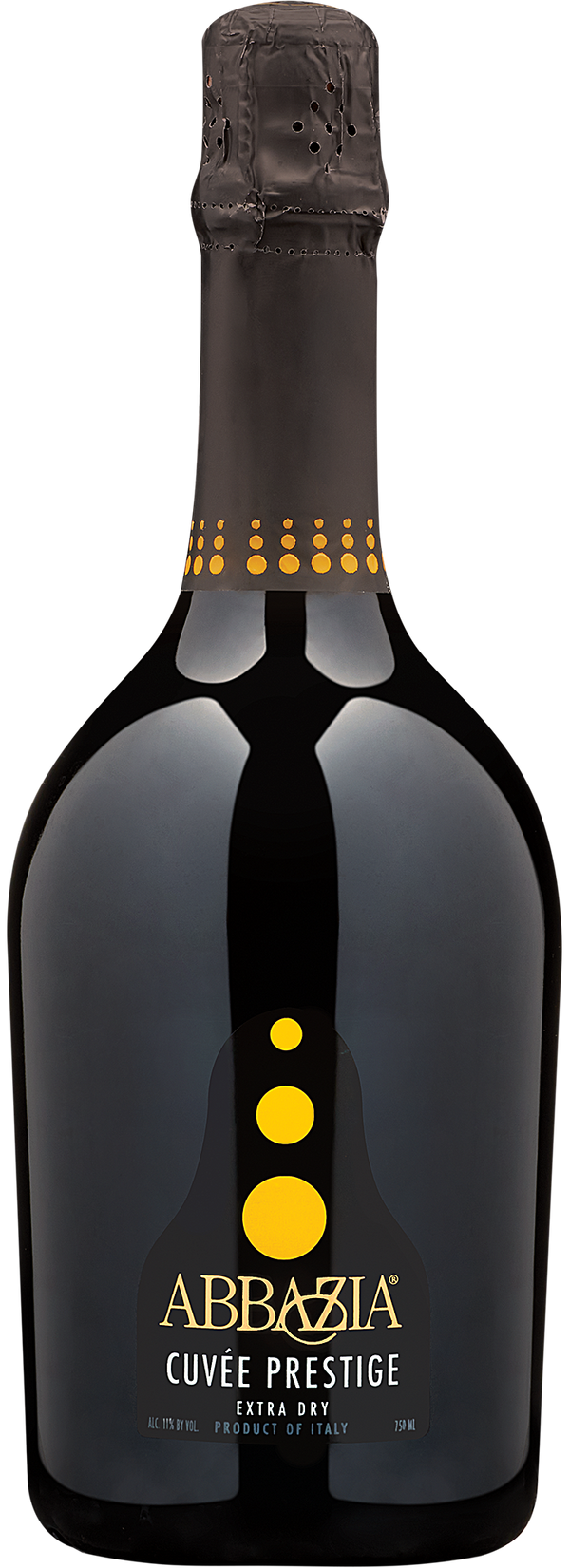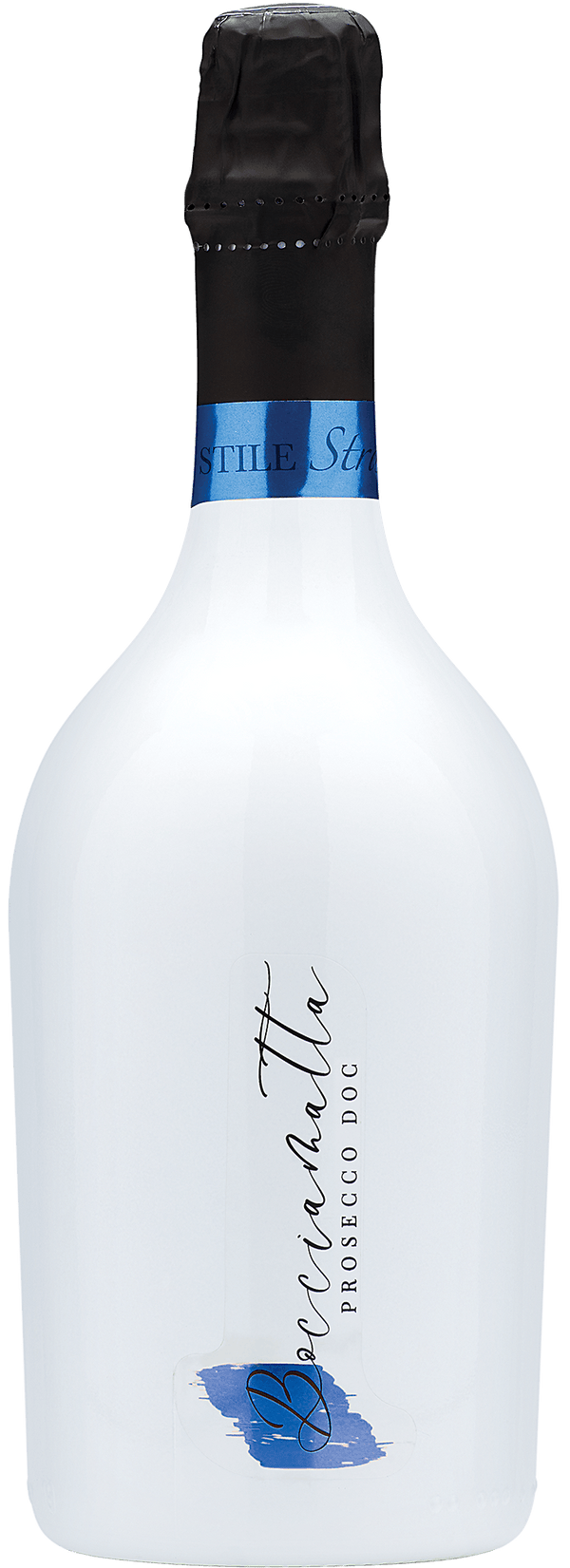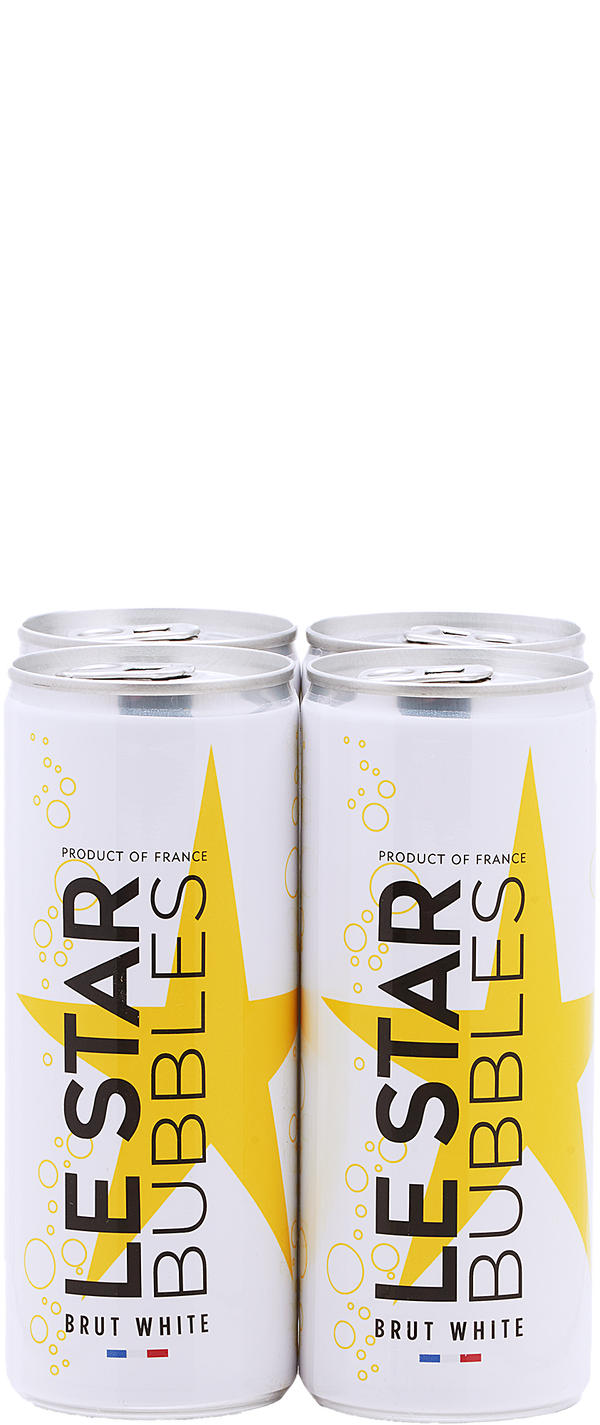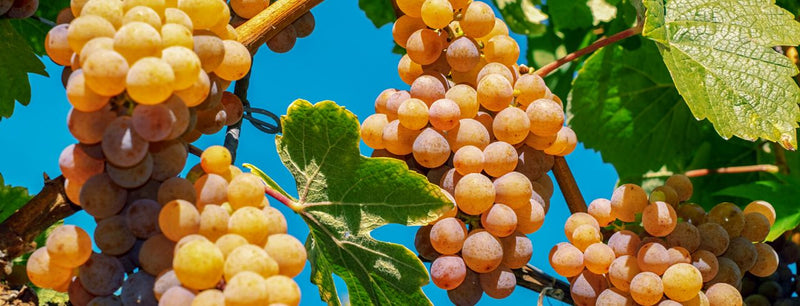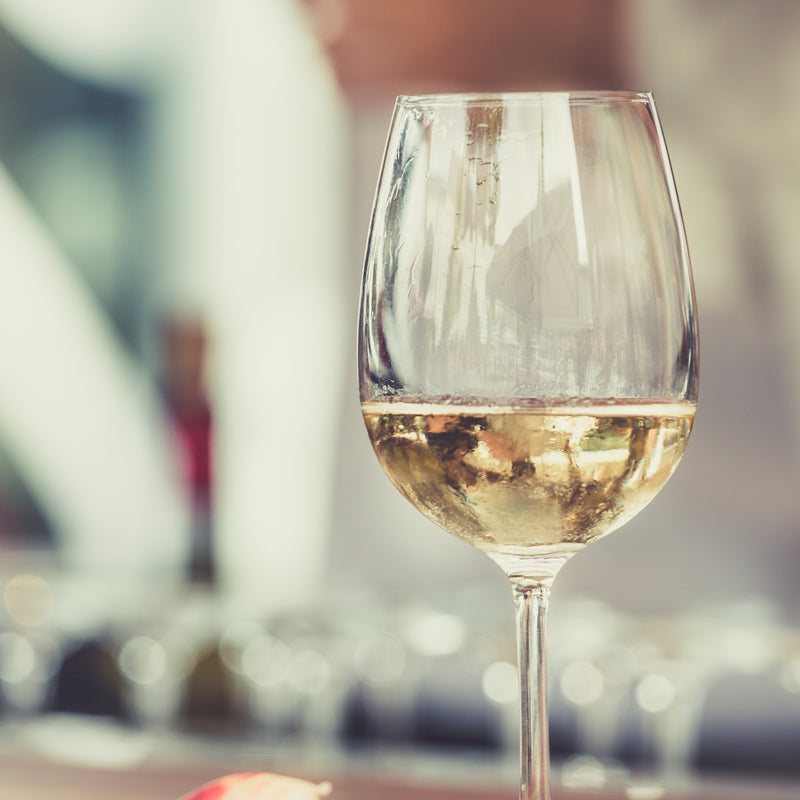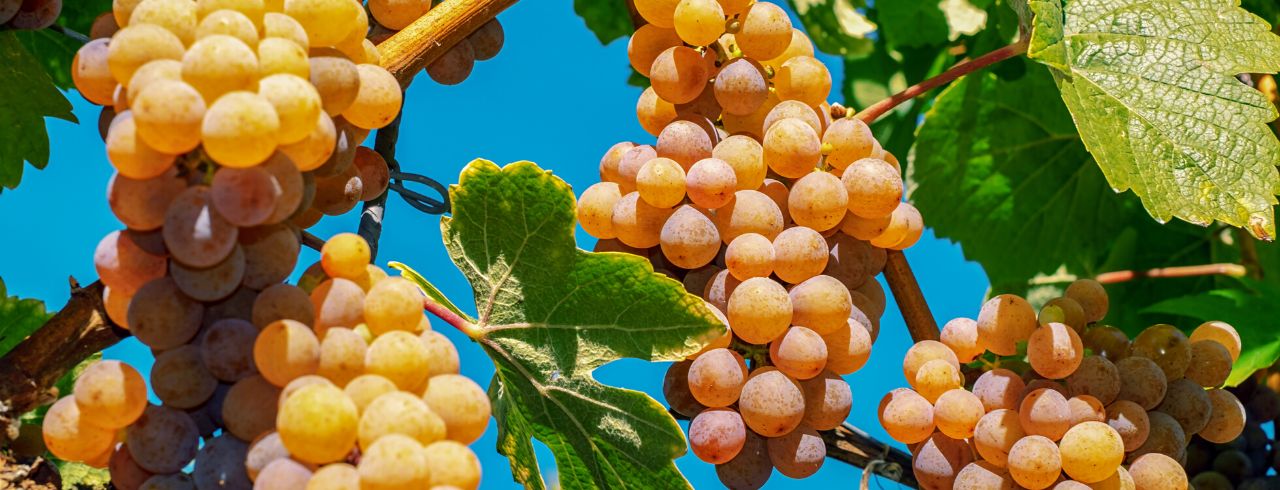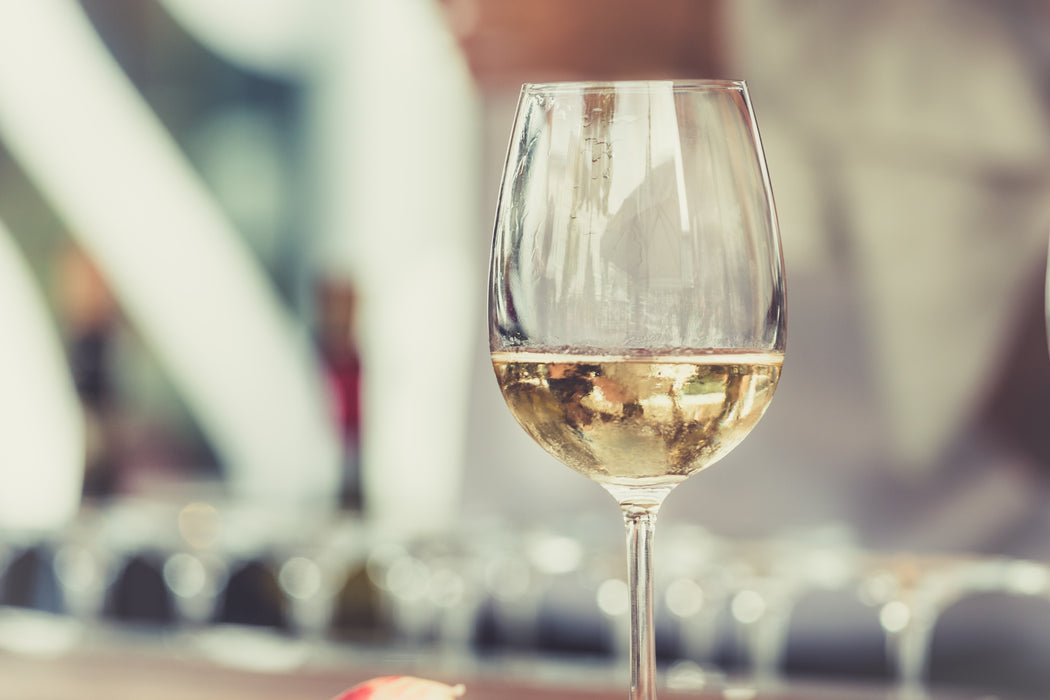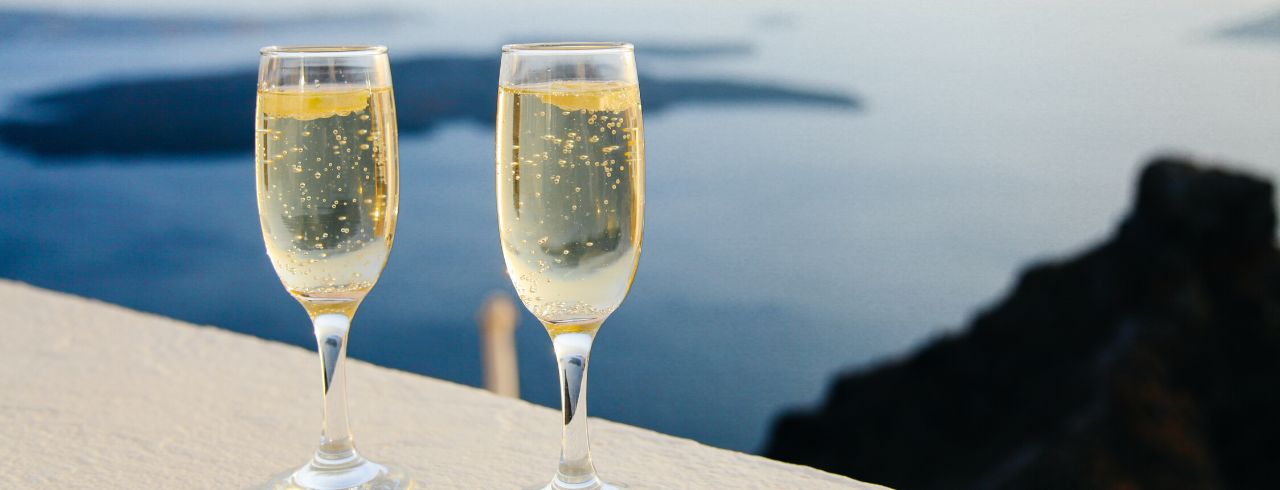
A Comprehensive Guide to Sparkling Wine
Sparkling wine hits a certain sweet spot in many wine enthusiasts’ hearts. There’s just something about the fizzy, effervescent quality of it that brings about a sense of celebration, festivity, and cheer. From celebrations to birthday parties, business events, and even romantic dinners, sparkling wines are a top choice for many occasions.
It’s a common misconception to call all sparkling wine Champagne, and we’re here to help you decipher the different sparkling wines. By the end of our guide, you’ll be fully up to date on some of our favorite sparkling wines, what foods go well with them, and also learn a little about the grape varietals too.
So How Is Sparkling Wine Made?
There are so many good reasons to open a bottle of Sparkling wine. Of course, there are new year celebrations, goals, and achievements, but we need to treat ourselves too, so any occasion is the right occasion for sparkling wine. Who should we thank for inventing these wines? Believe it or not, it was Monks!
During the Middle Ages, most European wines were made by monks. They were great winemakers and also great at keeping records of their techniques and experiments. The first written record of sparkling wine comes from the Languedoc in France.
In 1531 Benedectine Monks created a wine called Blanquette de Limoux. This wine was bottled before fermentation was completed, creating the first ever recorded fizzy wine. We can’t know if this was an intentional creation or a lucky mistake, but we’re glad we got our beloved sparkling wine out of it.
The Process of Making Sparkling Wine
There are several ways sparkling wines are made in the modern world, but we’ll focus on the broad strokes most winemakers take during production.
- Grapes are picked, and the base wine or “cuvée” is fermented. In this step, it is common for the winemaker to pick and choose specific base wines to blend together to set the direction for the final product.
- The next step is a tirage: a solution of yeast and sugar are added to the cuvée in an effort to start the second fermentation. During this step, the mixture is bottled and topped with a signature crown cap.
- At this point in time, winemakers wait for the second fermentation to occur. This step of the sparkling wine production process adds more alcohol content and creates CO2, giving us the classic carbonation we expect.
- Next, winemakers will age the wine, which helps it develop its texture and palate. The amount of sugar added in the production process is important since sugar levels ultimately determine the dryness of the wine and the pressure created in the bottle.
- With two fermentation steps, it is common for “used up” yeast (also known as the “lees”) to collect inside the bottle. The next step of the process is to turn all the bottles upside down, forcing the yeast in the wine to sink into the neck of the wine bottle.
- In order to remove the yeast from the bottle, the bottles stay upside down as they are quickly relocated into freezing water. The yeast in the neck of the bottle freezes, allowing winemakers to pop off the cap just long enough for the lees to escape.
- Last but not least, a solution of wine and sugar is added to each bottle in order to fill them. The bottles are corked, wired shut, and sent off to be labeled!
Sparkling Wine Varietals
Glera
- Notable Regions Grown: The Veneto and Friuli Regions of Italy
- Origin: Italy
- Sweetness: Dry
- Flavors: White peaches, Lime, Lemon, Grapefruit, Acacia Honey, Elderflower, Lily
Glera grapes are most notably used in the production of Prosecco wines and are technically a synonym for the prosecco grape. This grape varietal has classic light green skin and has been grown for centuries around the globe, specifically for sparkling wines. It also has high yields, ripens late, and has a high acidity contrasted with a neutral palate.
In 2009, the Prosecco grape name was officially changed to Glera when a certain Prosecco wine was promoted to full DOCG status. During this change, it was agreed upon that the name Prosecco should be used exclusively for Italian Prosecco appellations and not for the actual grape varietal itself. In fact, the EU ratified this change by making it essentially illegal to label wines as Prosecco unless produced in northeastern Italy.
Food Pairing with Glera
If you already enjoy Prosecco quite frequently, you’re probably aware that it pairs well with both sweet and savory flavors. It can be sipped at the beginning of a meal, throughout an entree, or as a dessert companion. Some common Glera sparkling wine pairings are as follows:
- Meat: Roasted chicken or steak
- Seafood: Smoked Salmon, Shrimp, Shellfish
- Cheese: Mature burrata cheese, Mozzarella, Grana Padano
- Vegetable: Tapas, Caprese Salad, Avocado
- Fruit: Lychee
Moscato
- Notable Regions Grown: Piedmont & Asti Regions of Italy, California, Australia
- Origin: The origins of Moscato can be traced back to Greece
- Sweetness: Semi-sweet
- Flavors: Orange, pear, lemon, and honeysuckle
Moscato is a popular white wine made from the Muscat family of grapes, which consists of over 200 varieties. Moscato wines are known for their sweet, citrus aromas that feature notes and flavors of orange, pear, lemon, and more. However, the grapes can also be used to make dessert wines known for their sweet and rich caramel flavors. It is also one of the oldest wine grapes in the world.
Food Pairing with Moscato
Moscato is intended to be served chilled and pairs well with light, zesty salads, and a number of desserts, including apple and peach cobblers. Some common food pairings with Moscato include the following:
- Meat: Flank steak, chicken, and pork
- Seafood: Crab, fish
- Cheese: Goat cheese, brie
- Vegetable: Light, zesty salads that feature citrus and fruit flavors
Ugni Blanc
- Notable Regions Grown: France, Italy, Bulgaria, Australia
- Origin: Tuscany, Italy
- Sweetness: Dry
- Flavors: Citrus, Lemon, Quince, Pine Resin
Ugni Blanc is a grape varietal that comes from the shores near the Mediterranean Sea. Ugni Blanc will typically take on a lively, discreet aroma if produced in cooler regions. In warmer regions, this grape shows off its smoother, more fresh, full-bodied mouthfeel, bursting with flavor. Many winemakers prize this grape varietal in its ability to make easy-drinking but rich and complex sparkling wines.
This grape ripens and buds late, and its yields are very closely monitored. While highly adaptable to different training and pruning methods and soil environments, it does tend to fare badly in harsh winters and strong winds.
Food Pairing with Ugniblanc
Ugni Blanc is a refreshing, light-bodied sparkling wine with distinct aromas and subtle citrus hints. This makes it a versatile pairing for al fresco dining and simple foods, and light lunches. In other words, if you’re craving Meditteranean cuisine, look no further than an Ugni Blanc wine! Some common food pairings for this varietal are the following:
- Meat: Roasted pesto chicken
- Seafood: Crayfish, Sardines
- Cheese: Young cheeses
- Vegetable: Power greens with vinegar
White Blend
White blends are winemakers’ way of ensuring quality and bringing their unique visions to life. Sometimes two, three, four, or even five grapes allow a winemaker's artistic expression to shine and truly bring the quality of the grapes out from one another. While the popular white blends consist of White Bordeaux (Sémillon, Sauvignon Blanc, Muscadelle) and White Bourgogne (Chardonnay, Aligote), there are hundreds of other white wine blends out there that allow winemakers to show off their expertise.
Sparkling Wine in a Nutshell
Is there ever a reason not to enjoy some bubbly? Sparkling wines have been enjoyed for centuries for their delightful, effervescent quality. Made from grapes grown in various regions, from Italy to France to Australia, sparkling wines have captured the hearts of wine enthusiasts and those looking to brighten up any social engagement. With plenty of food pairing options, its like sparkling wine was made to be enjoyed at all times!



